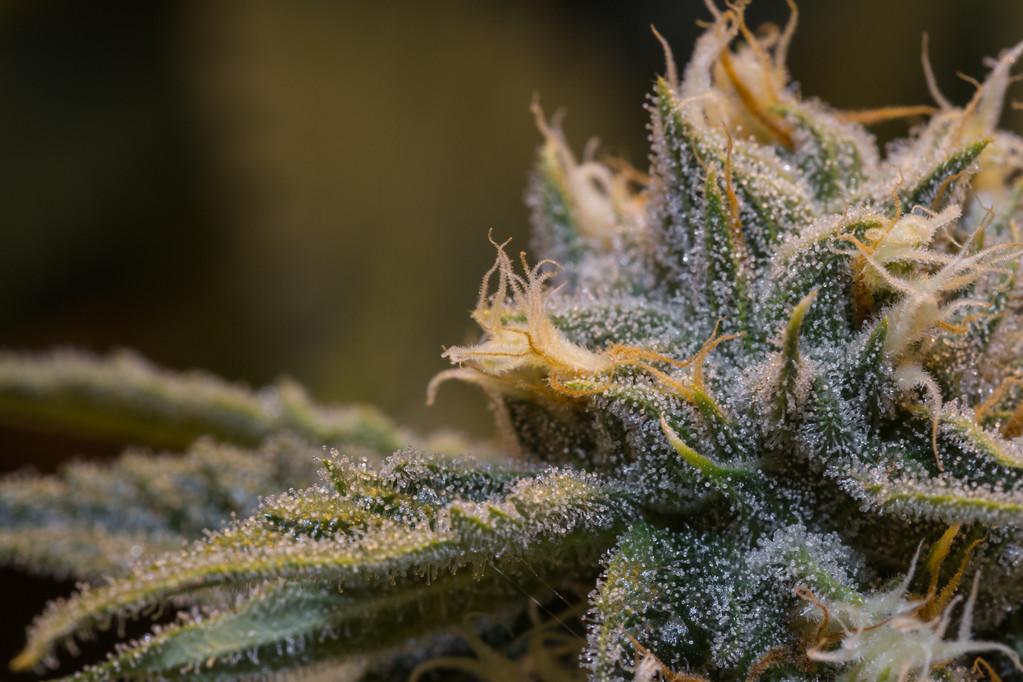A study published by the American Chemical Society has found “previously undiscovered cannabis compounds” that “yield a more complete understanding of the unique aromas that cannabis produces”.

For the study, researchers “conducted coupled sensory and chemical analyses on 31 different ice hash rosin cannabis extracts to determine how different chemical classes affect the aroma of each.”
Their sensory analysis “revealed highly divergent aroma characteristics for many samples that we broke down into three primary classes: Sweet exotic, prototypical, and savory exotic.” Researchers found “that varieties across both sweet and savory exotic classes often have very similar terpene profiles, indicating that they are not the driving force behind the unique aromatic differences.”
Detailed chemical analysis using two-dimensional gas chromatography revealed that minor, nonterpenoid compounds are responsible for this discrepancy.
“While found in low concentration, often accounting for less than 0.05% of the mass of the samples, their odor impact can be substantial”, states the study. “In particular, we identified key classes of compounds that correlated with specific aromas: tropical volatile sulfur compounds (VSCs) containing the 3-mercaptohexyl functional group were found in a subset of varieties that produce a strong, sulfuric, petroleum-citrus aroma that was easily identified during sensory analysis.”
Conversely, varieties described as savory or chemical “were found to contain skatole, a compound with an extremely pungent chemical aroma.”
Researchers claim that their results “yield a more complete understanding of the unique aromas that cannabis produces and help establish these nonterpenoid compounds as an important part of the phytochemistry of cannabis. Furthermore, the discovery that terpenes have less influence on the differentiating characteristics of the aroma of cannabis than traditionally thought may have important ramifications for the legal cannabis industry related to product labeling and marketing, laboratory testing, and quality indicators for end consumers and producers alike.”
The study’s full abstract can be found below, and its full text can be found by clicking here.
Cannabis sativa L. produces a wide variety of volatile secondary metabolites that contribute to its unique aroma. The major volatile constituents include monoterpenes, sesquiterpenes, and their oxygenated derivates. In particular, the compounds ß-myrcene, D-(+)-limonene, ß-caryophyllene, and terpinolene are often found in greatest amounts, which has led to their use in chemotaxonomic classification schemes and legal Cannabis sativa L. product labeling. While these compounds contribute to the characteristic aroma of Cannabis sativa L. and may help differentiate varieties on a broad level, their importance in producing specific aromas is not well understood. Here, we show that across Cannabis sativa L. varieties with divergent aromas, terpene expression remains remarkably similar, indicating their benign contribution to these unique, specific scents. Instead, we found that many minor, nonterpenoid compounds correlate strongly with nonprototypical sweet or savory aromas produced by Cannabis sativa L. Coupling sensory studies to our chemical analysis, we derive correlations between groups of compounds, or in some cases, individual compounds, that produce many of these diverse scents. In particular, we identified a new class of volatile sulfur compounds (VSCs) containing the 3-mercaptohexyl functional group responsible for the distinct citrus aromas in certain varieties and skatole (3-methylindole) as the key source of the chemical aroma in others. Our results provide not only a rich understanding of the chemistry of Cannabis sativa L. but also highlight how the importance of terpenes in the context of the aroma of Cannabis sativa L. has been overemphasized.

